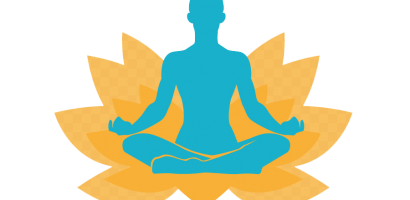Significance of Planets in astrology horoscope chart
The Sun (Surya) Sun is known to be the God of light. The sun is the star at the centre of our solar system, around which the earth and other planets revolve, and which provides us with heat and light. The portion of the sky (or arc) that the sun travels in every year, rising […]











